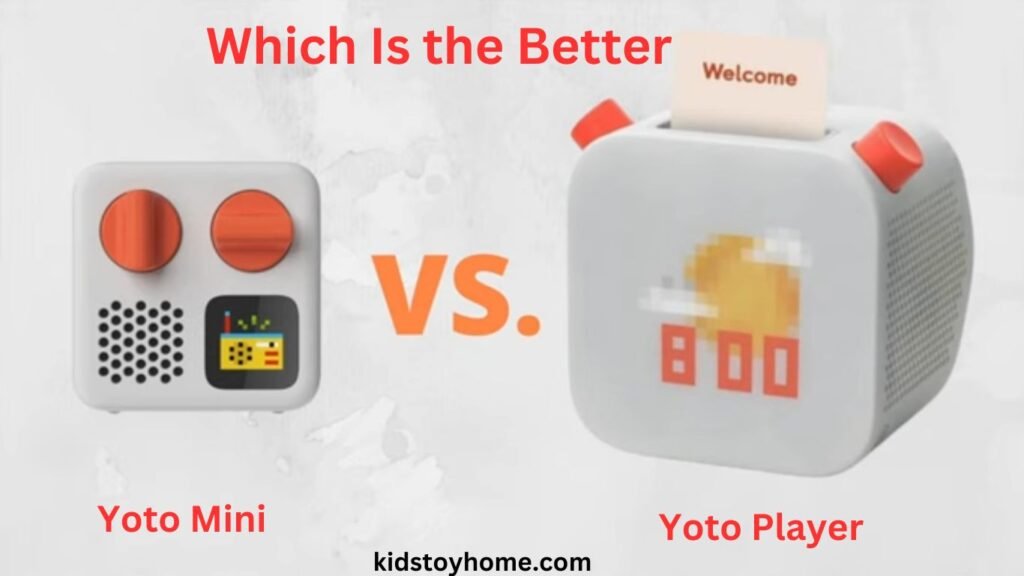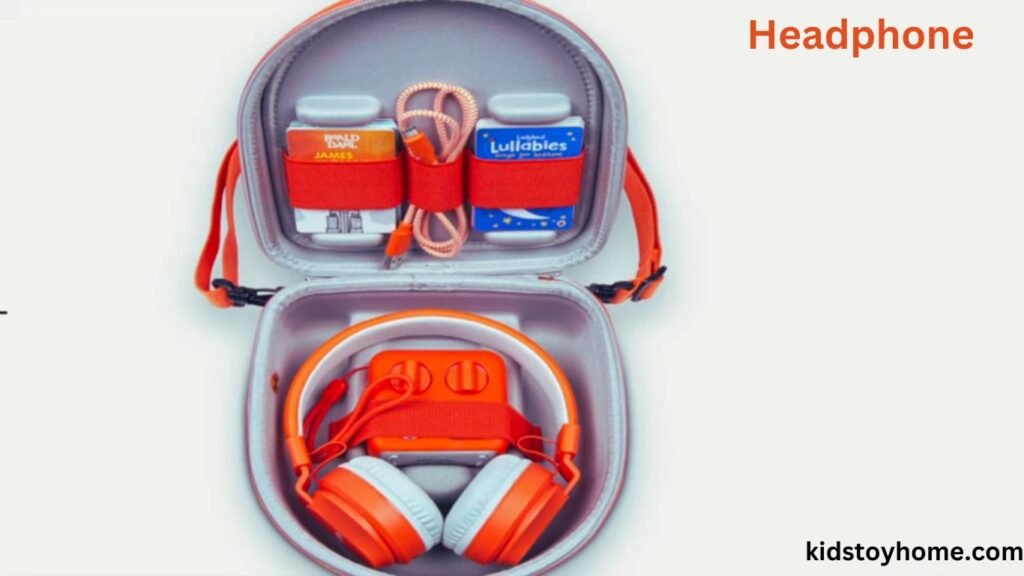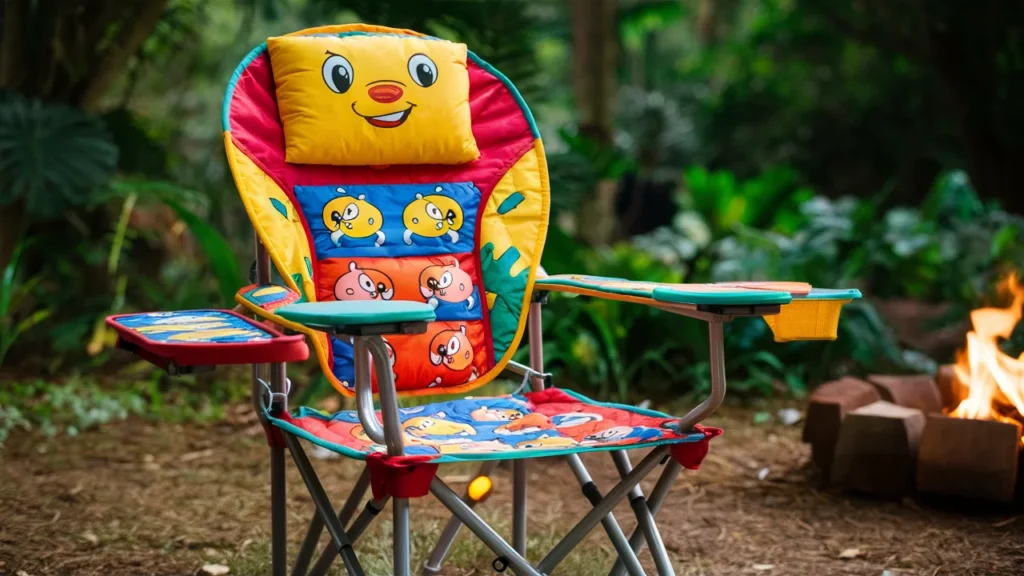
In the bustling world of modern parenting, choosing the right gadgets to support your children’s learning and entertainment can feel like a maze. With an overwhelming array of options, it’s particularly challenging when it comes to finding the best audiobook player for kids that not only entertains but also enriches. The Yoto Player and the Yoto Mini have emerged as frontrunners in this niche, but deciding between them can be perplexing.
The solution lies in understanding the unique features, user-friendliness, and content availability of both the Yoto Player and Yoto Mini. Each has been designed with young users in mind, offering robust parental controls and a vast library of audiobooks and educational content.
For those looking to make an informed decision, a deeper exploration into how the Yoto Player compares with the Yoto Mini could be invaluable. In the following sections, we will dissect their functionalities, ease of use, content variety, and overall value, assisting you in identifying which is the better audiobook player for your children.
Key Features Compared
When deliberating between the Yoto Player and the Yoto Mini as the superior audiobook player for kids, several key features stand out:
Design and Portability
In terms of design, both the Yoto Player and the Yoto Mini are built with children’s use in mind, showcasing robustness and tactile buttons that cater to small hands. The Yoto Player is slightly larger, making it more suitable for stationary use in a child’s room, while the Yoto Mini’s compact size enhances its portability, making it a perfect companion for on-the-go entertainment. Both devices demonstrate considerable durability and child-friendliness with their simple, engaging interfaces.
Battery Life and Charging
Battery life is crucial for maintaining the magic of storytime without interruptions. The Yoto Player boasts an impressive battery life that can sustain multiple days of typical use before needing a recharge, whereas the Yoto Mini, although slightly less in battery longevity, still offers a considerable amount of listening time, suitable for daily activities and travel. Charging both devices is straightforward, with the Yoto Mini gaining an edge in convenience due to its faster charging capability.
Audio Content Accessibility
The availability of a wide range of audio content, including audiobooks, music albums, and educational material, is where Yoto devices shine. Both the Yoto Player and the Yoto Mini offer access to an extensive library of content through their unique card slot system, allowing children to explore their favorite stories, songs, and learning topics effortlessly. The selection caters to varied interests and age groups, ensuring that every child finds something to love.
Ease of Use
Ease of use is paramount when considering technology for children. The Yoto Player and Mini are remarkable for their intuitive interface, relying on physical cards rather than digital downloads or apps to play content.
This tangible aspect reduces screen time and makes it easier for children to operate the devices independently, fostering a sense of autonomy and engagement with their choices of audio content.
Headphone Jack and Speaker Quality

Both devices feature a dedicated headphone jack, allowing for private listening without sacrificing the communal joy of shared stories through their built-in high-quality speakers. The audio output is crisp and clear on both the Yoto Player and the Yoto Mini, ensuring an immersive experience whether children are following along with their favorite book or dancing to music.
Connectivity and Extras
Regarding connectivity, Bluetooth capability is present, enabling streaming from other devices. While the Yoto Player comes with additional features like a nightlight and a clock function, making it a multifunctional device in a child’s bedroom, the Yoto Mini keeps things simple and focused on portability and content accessibility. Both versions offer parental control options, enabling parents to curate the audio content their children have access to, ensuring a safe and appropriate listening experience.
In summary, when comparing the Yoto Player and the Yoto Mini, the decision hinges on the specific needs related to portability, usage duration, and the value placed on extra features like nightlights or the physical size preferred for handling by children. Both devices excel in making audio content engaging and accessible, fostering imagination and the love of stories in children without increasing screen time.
Parental Controls and Settings
Both the Yoto Player and Yoto Mini offer robust parental control options, allowing caregivers to manage and monitor audio content efficiently. With these devices, parents can curate playlists, set limits on screen time, and select what their children can access.
The Yoto Player provides an added layer of control through its companion app, where parents can alter settings remotely. This feature ensures that only age-appropriate audiobooks, music albums, and educational content are accessible, providing a secure environment for children to explore their favorite stories.
In contrast, the Yoto Mini, while offering similar content management capabilities, lacks remote parental control, requiring manual adjustments on the device itself.
Pricing and Value for Money
When considering the cost, both Yoto devices present a significant investment in a child’s audio content consumption. The Yoto Player, being the larger of the two, comes with a higher price tag but justifies this with its robust build, longer battery life, and added functionalities like a headphone jack and card slot.
On the other hand, the Yoto Mini serves as a more affordable, portable option, offering essential features that still deliver on the Yoto promise of enriched audio learning experiences.
Content cards, which unlock a wide range of audiobooks and music, are separately purchased for both devices, but they offer endless hours of entertainment and education, representing good value for money over time.
Pros and Cons
Yoto Player Pros:
- Long battery life
- Durable design suitable for children
- Remote parental controls via the app
- Wide range of audio content accessibility
Yoto Player Cons:
- Higher cost
- Less portable than the Yoto Mini
Yoto Mini Pros:
- More affordable
- Compact and portable design
- Essential features for audio content
Yoto Mini-Cons:
- No remote parental control
- Shorter battery life
Conclusion
Choosing between the Yoto Player and Yoto Mini ultimately depends on the specific needs and preferences of both parents and children.
The Yoto Player stands out for families seeking a more comprehensive device with extended functionalities and better control over content, albeit at a higher initial investment. Conversely, the Yoto Mini is perfect for those prioritizing portability and affordability, without compromising on the quality of audio content offered.
Both devices excel in fostering a child’s love for stories and learning, making them valuable additions to any child’s educational toolkit.





